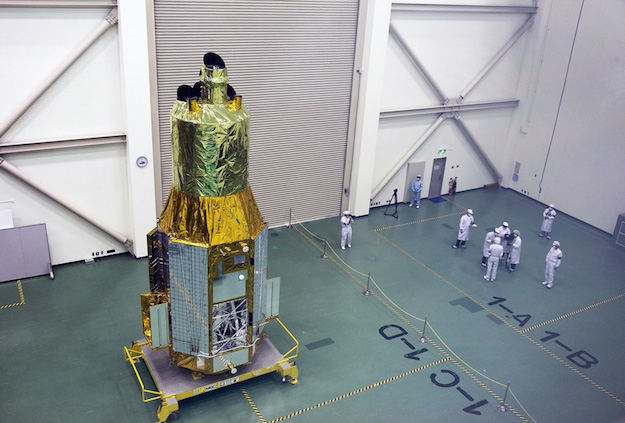FREE FALL ACHIEVED IN LISA PATHFINDER
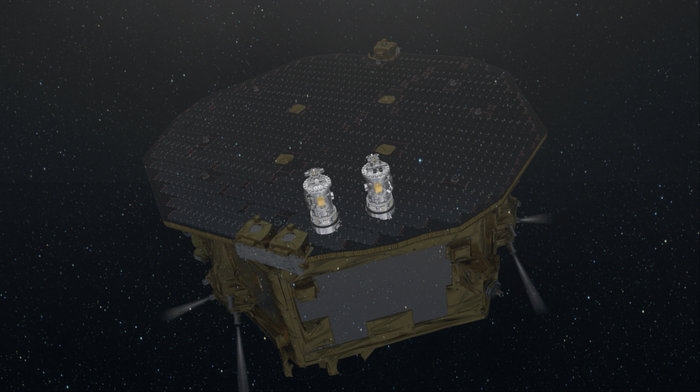
LISA Pathfinder operating in space
24 February 2016
On Monday, the two cubes housed in the core of ESA’s LISA Pathfinder were left to move under the effect of gravity alone – another milestone towards demonstrating technologies to observe gravitational waves from space.
It has been an intense couple of months for LISA Pathfinder. After launch on 3 December and six burns to raise the orbit, it finally reached its work site – 1.5 million km from Earth towards the Sun – in January, and the team of engineers and scientists started to switch on and test its systems.
One of the most delicate operations entailed releasing the two test masses from the mechanisms that kept them in place during ground handling, launch and cruise.
See full texthttp://www.esa.int/Our_Activities/Space_Science/Freefall_achieved_on_LISA_Pathfinder
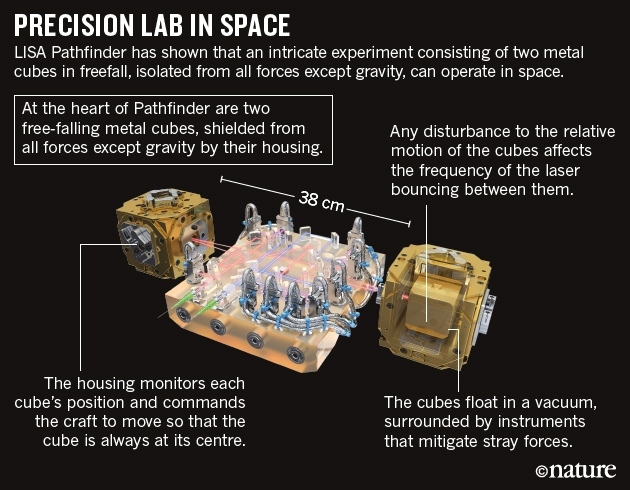
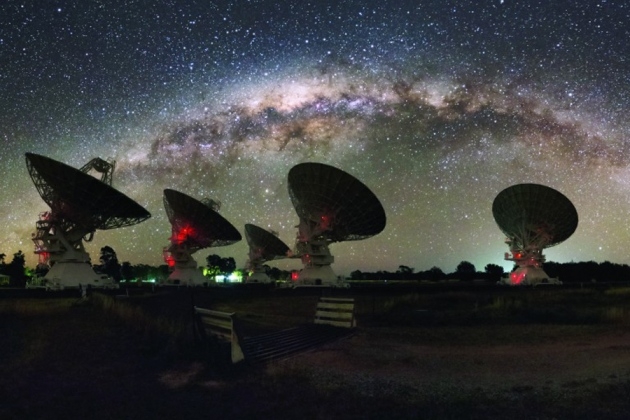

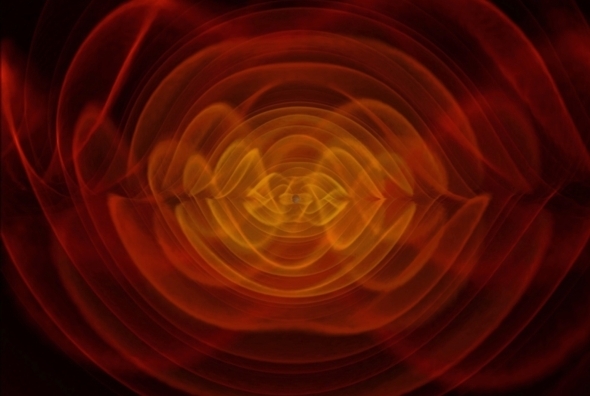

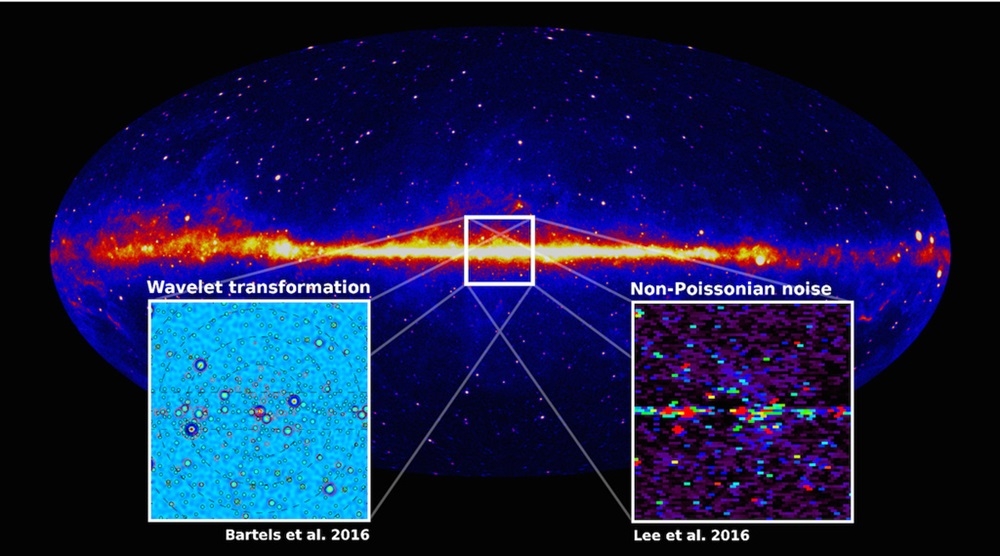

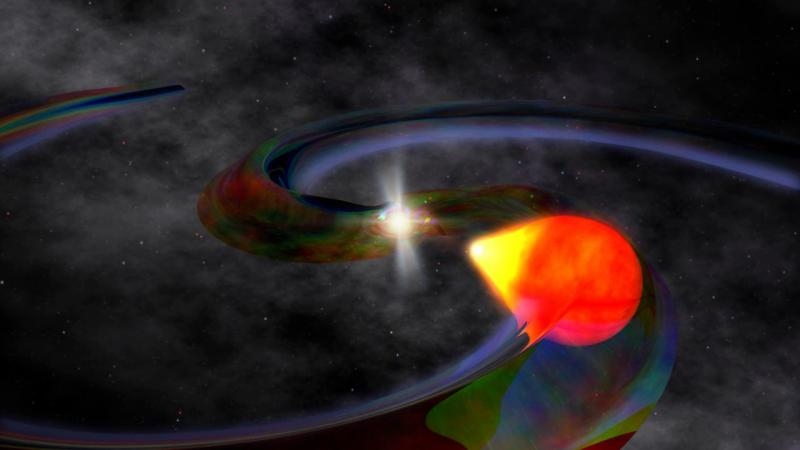
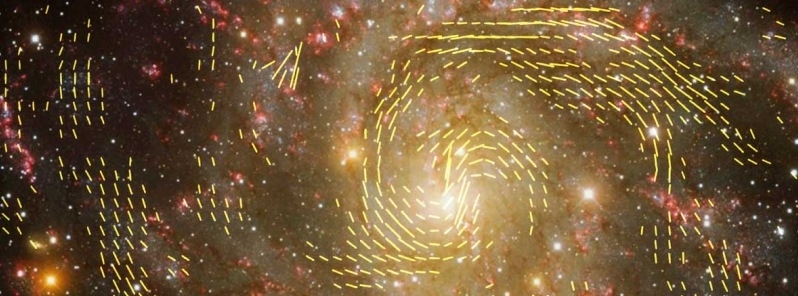

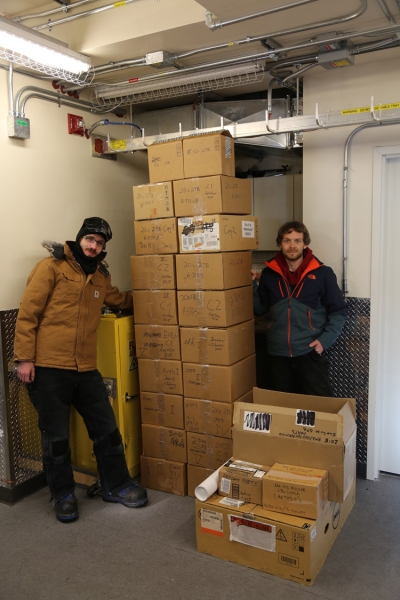
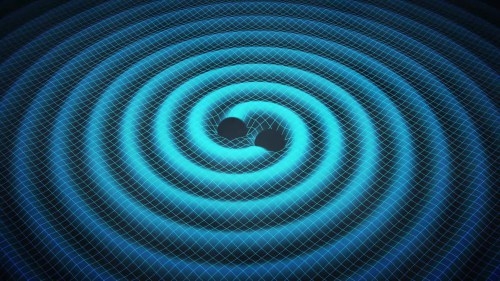
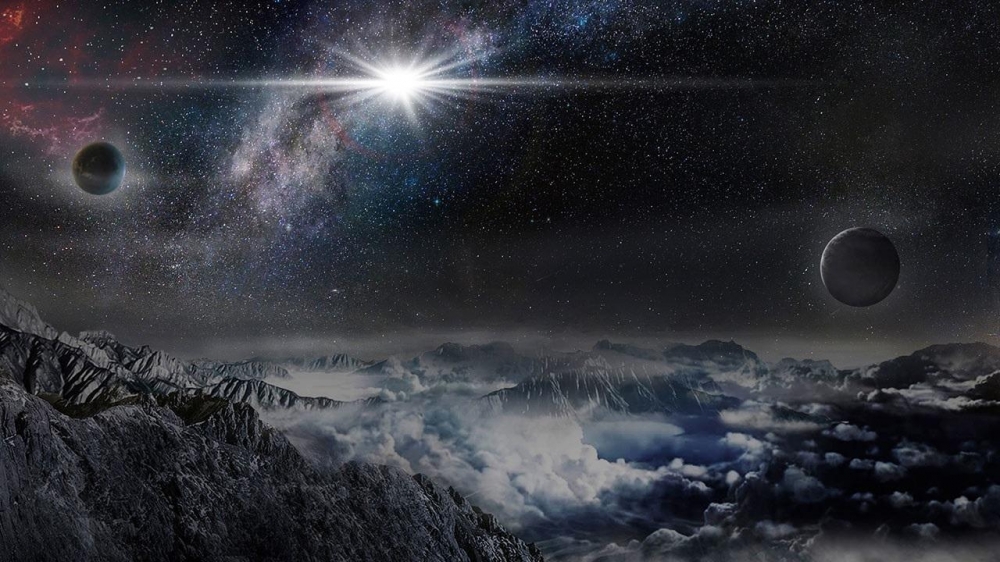 The artist’s impression above shows what it would look like from an exoplanet 10,000 light-years away in its home galaxy.
The artist’s impression above shows what it would look like from an exoplanet 10,000 light-years away in its home galaxy.